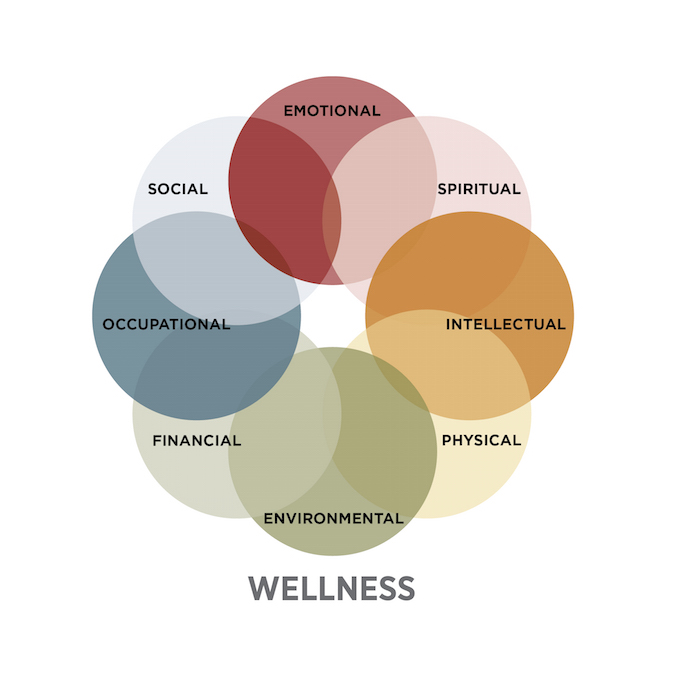Activities are a great way for us to distract ourselves from our current emotions until we are better able to cope. When our level of distress is too high, we may not be able to effectively handle a situation and need ways to bring our emotional state down. Some suggestions may seem similar to self-care, but distraction activities serve a different purpose. One person’s self-care activity is another’s distraction technique.
EXAMPLES OF DISTRACTION ACTIVITIES
Call a friend (and don’t talk about what’s causing you distress)
Create something
Describe your surroundings using your five senses
Do a puzzle
Do something kind for someone else
Focus on a single task
Go out to eat
Go to an event
Listen to music or a podcast
Take a hot or cold shower
Try something new
Volunteer
Watch something funny
Watch TV or a movie
WELCOME TO A SAFE SPACE











